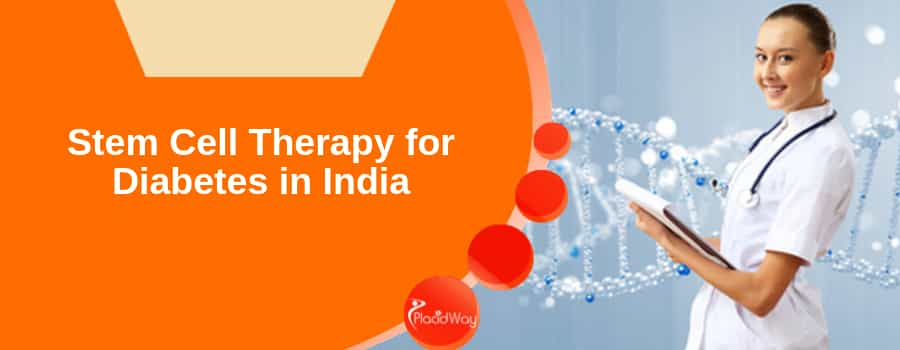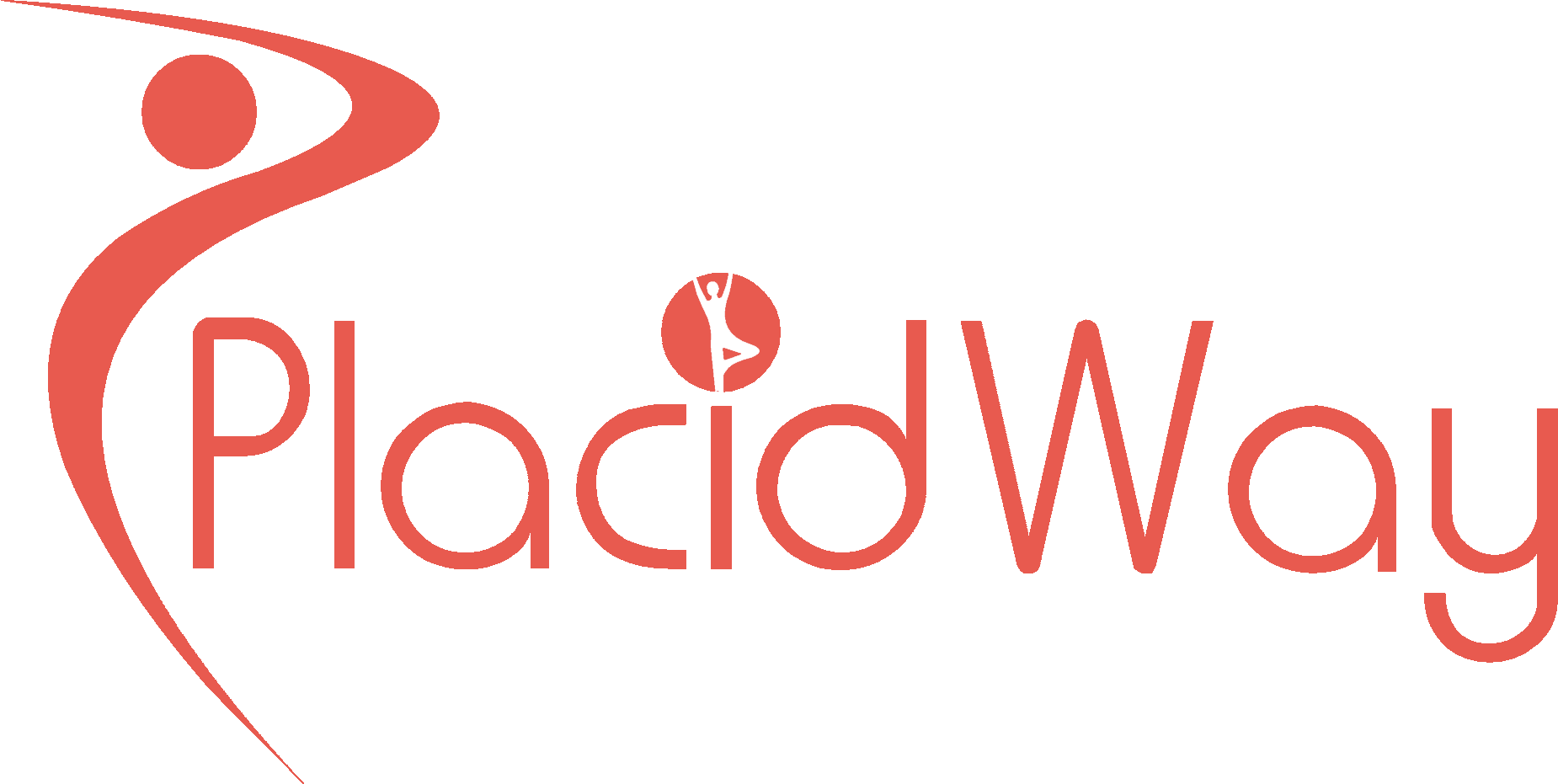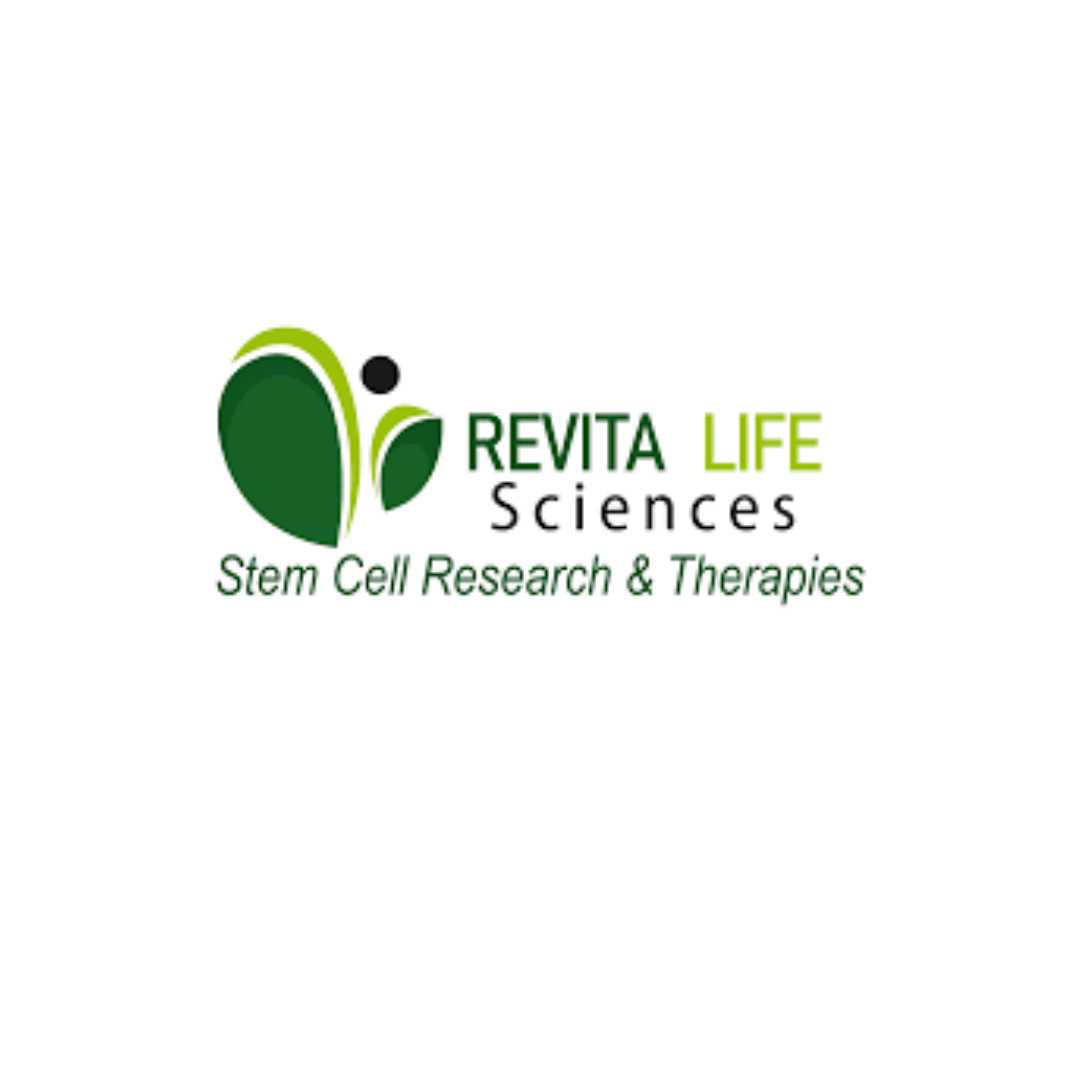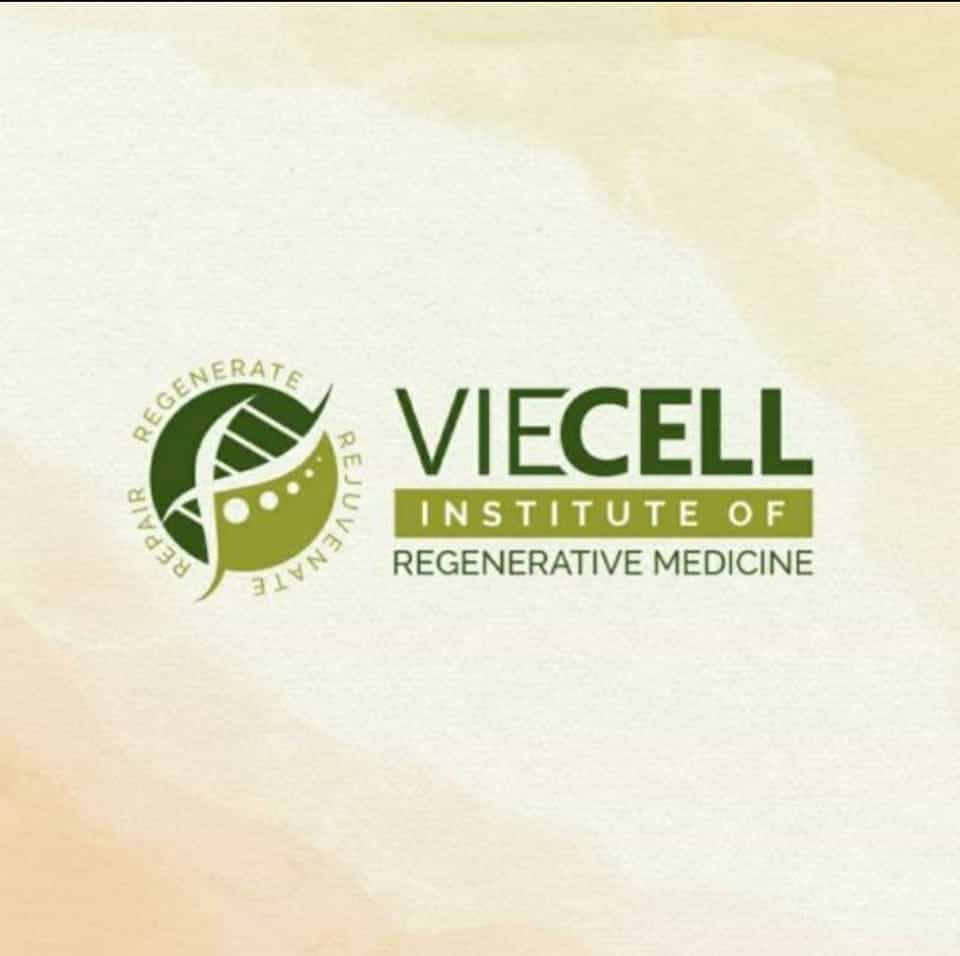
Diabetes is one of the most prevalent chronic diseases worldwide, affecting millions of people every year. It is characterized by high blood sugar levels that occur either due to the body's inability to produce insulin (Type 1 diabetes) or the body's inability to effectively use the insulin it produces (Type 2 diabetes). While traditional management of diabetes involves medication, insulin therapy, lifestyle changes, and diet modifications, many individuals are now turning to innovative treatments to address the root causes of the disease.One of the most promising advancements in the treatment of diabetes is stem cell therapy. Stem cells have the potential to regenerate and repair damaged cells in the body, making them an exciting avenue for people with diabetes who may have damaged insulin-producing cells in their pancreas. India, with its advanced healthcare infrastructure, skilled professionals, and affordable treatment options, has become a leading destination for stem cell therapy for diabetes.This article will explore how stem cell therapy works for diabetes, why India has become a hub for stem cell treatments, and what patients can expect from this cutting-edge treatment option.
Key Insights at a Glance
- Stem Cell Therapy: Potentially restores insulin-producing cells, improving glucose control.
- India’s Leadership: Offers affordable, advanced treatments with world-class medical care.
- Affordable Costs: Stem cell therapy in India is much more affordable than in Western countries.
- Effective for Both Types: Stem cells are used to treat Type 1 and Type 2 diabetes.
- High Success Rates: Many patients experience improvements in blood sugar levels and overall health.
What is Stem Cell Therapy for Diabetes?
Stem cell therapy for diabetes is an emerging treatment that utilizes the regenerative properties of stem cells to repair or replace damaged cells within the pancreas, the organ responsible for producing insulin. In people with Type 1 diabetes, the body’s immune system attacks and destroys the insulin-producing beta cells in the pancreas. In Type 2 diabetes, the pancreas still produces insulin but the body becomes resistant to it, leading to high blood sugar levels.
Stem cell therapy aims to address these issues by introducing stem cells that can either regenerate existing beta cells or help the body produce insulin more effectively.
The primary stem cell types used in diabetes treatment are:
- Mesenchymal Stem Cells (MSCs): These stem cells, typically derived from the patient’s bone marrow or adipose (fat) tissue, are known for their ability to reduce inflammation and promote tissue regeneration.
- Induced Pluripotent Stem Cells (iPSCs): iPSCs are adult cells reprogrammed to behave like embryonic stem cells. These can differentiate into insulin-producing beta cells and offer an exciting potential for Type 1 diabetes treatment.
- Umbilical Cord Stem Cells: These stem cells are harvested from umbilical cord blood and are known for their ability to regenerate tissues and promote healing.
How Does Stem Cell Therapy Work for Diabetes?
Stem cell therapy for diabetes involves several key steps:
Consultation and Evaluation: The treatment begins with a comprehensive evaluation by a specialist who assesses the patient’s condition, medical history, and eligibility for stem cell therapy. Various diagnostic tests such as blood tests, insulin levels, and other relevant markers are performed.
Stem Cell Harvesting: For autologous treatments (using the patient’s own stem cells), stem cells are usually collected from the patient’s bone marrow or fat tissue. In some cases, stem cells may be sourced from umbilical cord blood or other donor tissues.
Processing and Cultivation: The harvested stem cells are processed and cultivated in a specialized laboratory. The goal is to increase the number of stem cells and prepare them for infusion or injection into the body.
Administration of Stem Cells: Once the stem cells are prepared, they are administered through various methods, such as:
- Intravenous (IV) Infusion: Stem cells are infused into the bloodstream, where they can travel to the pancreas and other areas of the body.
- Intrapancreatic Injection: In some cases, stem cells are directly injected into the pancreas or the area of damage for more targeted treatment.
- Intrathecal Injection: For some advanced cases, stem cells may be injected into the spinal fluid to reach the brain and other central nervous system areas.
?Regeneration and Healing: Once in the body, stem cells can differentiate into insulin-producing beta cells or promote the repair of existing pancreatic cells. They also work by reducing inflammation and stimulating the body’s natural healing mechanisms.
Post-Treatment Care and Monitoring: After the therapy, patients are closely monitored for any side effects or adverse reactions. Follow-up visits are essential to track progress, check blood sugar levels, and determine the success of the treatment. Physical therapy, lifestyle changes, and dietary modifications are also recommended.
Types of Diabetes Treated with Stem Cell Therapy
Stem cell therapy for diabetes is being investigated for both Type 1 and Type 2 diabetes, although it is more widely used in Type 1 diabetes due to the more direct impact stem cells can have on regenerating insulin-producing cells.
- Type 1 Diabetes: This form of diabetes is an autoimmune condition where the body’s immune system destroys the insulin-producing beta cells in the pancreas. Stem cell therapy aims to regenerate or replace these damaged cells to restore insulin production.
- Type 2 Diabetes: In Type 2 diabetes, the body still produces insulin, but it becomes resistant to its effects. While stem cells are not a cure for insulin resistance, they can help repair some of the damage to the pancreas, improve insulin sensitivity, and assist in better glucose control.
Why Choose India for Stem Cell Therapy for Diabetes?
India has emerged as a top destination for stem cell therapy for diabetes for several reasons:
Affordable Treatment Options
One of the primary reasons why patients seek stem cell therapy for diabetes in India is the cost-effectiveness. Treatment in India can cost a fraction of what it would in Western countries. For example, stem cell therapy for diabetes in India typically costs between $5,000 and $15,000, whereas the same treatment in the United States or Europe may cost upwards of $20,000 to $50,000. This significant cost difference makes India an attractive option for medical tourists.
World-Class Medical Facilities
India boasts a large number of internationally accredited hospitals and clinics that specialize in stem cell therapy. These medical centers are equipped with the latest technology and adhere to strict quality control standards. Many of the leading hospitals in India are certified by prestigious global organizations, ensuring patients receive the highest standard of care.
Highly Qualified Medical Professionals
India is home to some of the best medical professionals specializing in regenerative medicine and stem cell therapy. Many doctors have been trained at internationally recognized institutions and have experience treating a wide range of conditions, including diabetes. They are adept at using stem cell technology to regenerate pancreatic cells and improve insulin production, offering hope for those with Type 1 and Type 2 diabetes.
Cutting-Edge Research and Clinical Trials
India is a hub for medical research, and several Indian hospitals are at the forefront of stem cell research and clinical trials. Patients in India have access to the latest advancements in stem cell therapy, with many hospitals offering experimental treatments that may not yet be widely available in other countries.
Short Waiting Times and Easy Access
In India, the process of scheduling a consultation and receiving stem cell therapy is quick, with minimal waiting times. This is a significant advantage over other countries, where patients may have to wait months to begin treatment.
Cost of Stem Cell Therapy for Diabetes in India
The cost of stem cell therapy for diabetes in India is highly affordable compared to other parts of the world. Here’s a cost comparison between India and other countries:
| Country | Cost Range (USD) |
|---|---|
| India | $5,000 - $15,000 |
| United States | $20,000 - $50,000 |
| Germany | $15,000 - $40,000 |
| Thailand | $10,000 - $25,000 |
| Mexico | $8,000 - $20,000 |
As you can see, India offers the most cost-effective options, making it the preferred destination for medical tourists seeking high-quality stem cell treatments at affordable rates.
Frequently Asked Questions (FAQs)
What types of diabetes can stem cell therapy treat?
Stem cell therapy can be used for both Type 1 and Type 2 diabetes, though it is most commonly used for Type 1 diabetes. In Type 1 diabetes, stem cells can regenerate insulin-producing beta cells, while in Type 2 diabetes, stem cells may help restore insulin sensitivity and improve glucose control.
How long does it take to see results from stem cell therapy for diabetes?
Results can vary depending on the patient and the severity of their diabetes. Some patients may see improvements in blood sugar control within weeks, while others may take several months to notice significant changes. Regular follow-ups and lifestyle changes can help speed up recovery.
Is stem cell therapy safe for diabetes?
Yes, stem cell therapy is generally considered safe when performed by experienced professionals in a regulated medical environment. However, as with any medical procedure, there are risks, including infection or immune reactions. It is crucial to choose a reputable clinic.
What are the side effects of stem cell therapy for diabetes?
Some potential side effects include mild fever, fatigue, and temporary pain at the injection site. Serious side effects are rare but can include infection or allergic reactions. These risks are minimized when stem cell therapy is performed by trained specialists in a high-quality medical facility.
How long does the treatment process take?
The treatment process typically takes 1 to 2 weeks. The initial consultation and evaluation may take a few days, followed by the stem cell harvesting and preparation process. The therapy itself can take a few hours, and follow-up treatments may be required.
Do I need to stay in India after the treatment?
Patients typically need to stay in India for 7 to 14 days after the therapy for monitoring and follow-up consultations. After that, you can return home, but regular follow-up visits may be necessary to track progress.
Start Your Journey to Better Health Today
Stem cell therapy for diabetes offers hope for those seeking a long-term solution to manage their condition. With the growing success of stem cell treatments, India remains at the forefront of this medical breakthrough, providing patients access to cutting-edge technology at affordable prices.Contact us today to learn more about stem cell therapy for diabetes in India and take the first step toward a healthier, more independent life!

















Share this listing